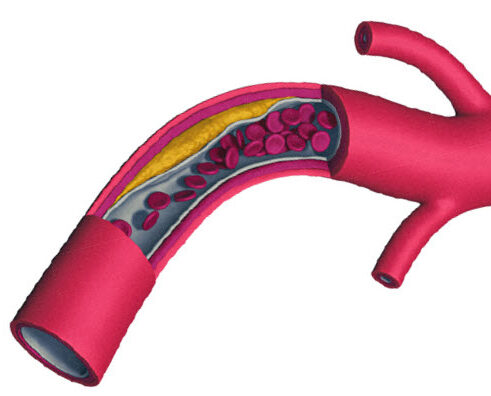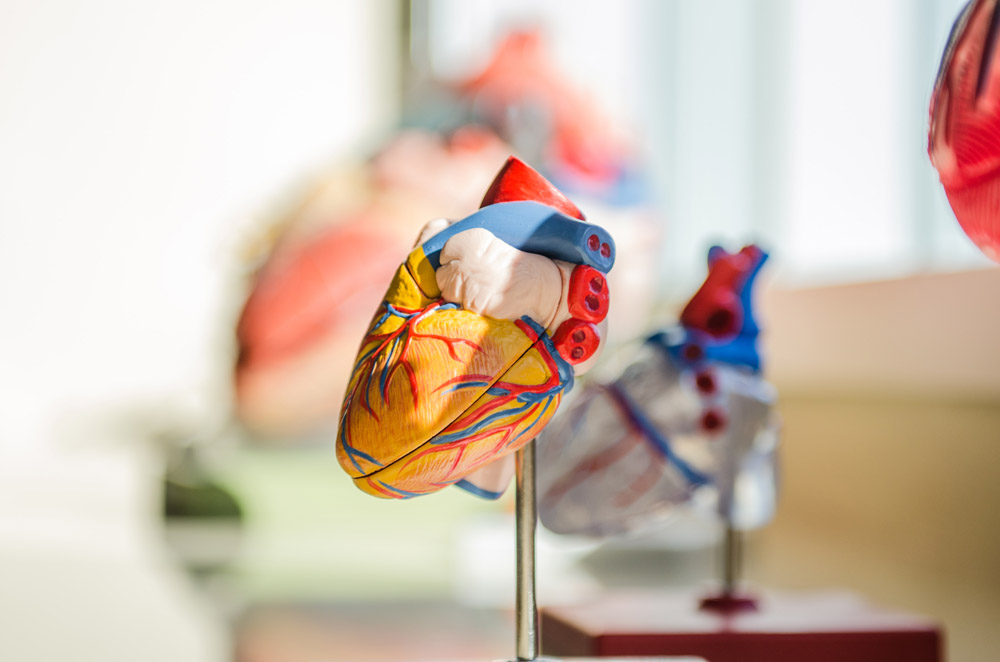Posted By:
Steve Parcell
Category:
Preventive Cardio
Toxic metals are known to cause significant human health problems, and one of the areas where this impact is most prominent is in the development of coronary artery disease (CAD). CAD is a condition in which the arteries that supply blood to the heart become narrowed or blocked due to the buildup of plaque, a combination of cholesterol, white blood cells, and other substances. This can lead to a decrease in blood flow to the heart, which can result in chest pain, heart attacks, and even death. Heavy Metal Poisoning and the Connection to Coronary Artery Disease Several toxic metals, including lead, mercury, cadmium, and arsenic, have been shown to be associated with an increased risk of CAD.[i] These metals can enter the body through various sources, such as contaminated food and water, air pollution, and occupational exposure. Once inside the body, they can accumulate in tissues and organs, including the heart, and disrupt normal physiological processes. Lead, for example, is a well-known toxic metal that has been linked to an increased risk of CAD. Studies have shown that exposure to lead can lead to inflammation, oxidative stress, and endothelial dysfunction, all of which are key factors in the development...






